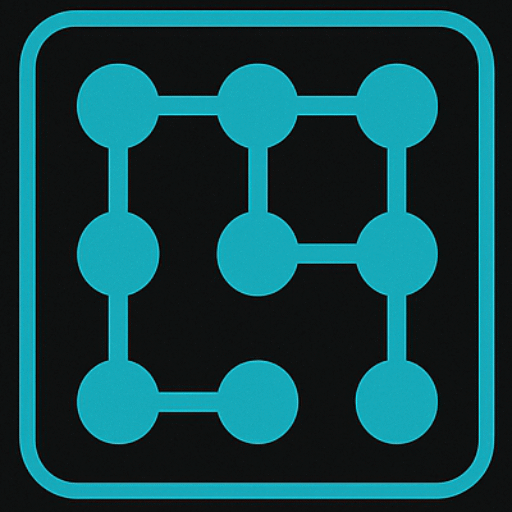How to Convert from Octal to Binary?
To cross-validate the conversion, we’ll reuse the same example from our binary-to-octal demonstration. By reversing the process—converting the octal result back into binary—we can check whether it matches the original binary number \(\mathsf{1011.00111}\). This way, we ensure the accuracy of our method and reinforce the understanding of both forward and reverse conversions.
Example: Let’s convert \(\mathsf{13.16_{8}}\) to Binary (Base-2).
To convert an octal number that includes a fractional part into its binary form, begin at the radix point—the position separating the whole number part from the fractional part. From there, move outward in both directions: to the left for the whole number and to the right for the fractional portion. As you examine each individual digit of the octal number, replace it with a corresponding group of three binary digits that accurately represent its value. After converting every digit, carefully align all the resulting binary groups. When you combine these segments, they form the complete binary equivalent of the original octal number.
Before diving into conversions, take a look at the chart that displays each group of three binary digits alongside its octal counterpart. This reference makes it easier to understand and practice the conversion process. In fact, it’s highly recommended that readers commit this table to memory early on. Doing so will significantly streamline future conversions between binary and octal formats. As you continue practicing, the process will begin to feel intuitive and automatic. That’s exactly how it should be when applying these concepts in real-world digital design and logic applications.
The actual conversion for this example is shown here
Did we Get it Right?
That’s spot on. The perfect match between the binary and octal forms confirms that the conversion retains full precision. It also highlights why binary-to-octal grouping is such a reliable method—it doesn’t introduce rounding errors or approximations. Each octal digit reflects a unique group of binary bits, making the process both efficient and accurate. When working with digital systems, this kind of consistency is exactly what you want.
